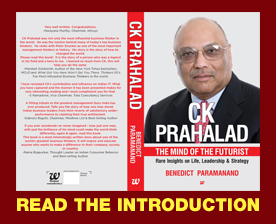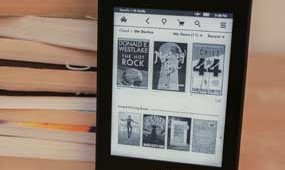WASTE TO WEALTH: CREATING ADVANTAGE IN A CIRCULAR ECONOMY by Lacy, Peter, Rutqvist, Jakob, examines how the circular economy is disrupting the way we produce and consume products.
It proves that ‘green’ and ‘growth’ need not be binary alternatives. The book examines five new business models that provide circular growth from deploying sustainable resources to the sharing economy before setting out what business leaders need to do to implement the models successfully. An Accenture review of this book examines how the transition to a circular economy may be the biggest revolution and opportunity for how we organize production and consumption in our global economy in 250 years. Powered by advances in digital, it represents a huge opportunity for companies to create a circular advantage. Accenture research indicates a $4.5 trillion reward for achieving sustainable businesses by 2030.
That’s not waste in the traditional sense of garbage, but the enormous underutilization of natural resources. It’s about eliminating the very concept of ‘waste’ and recognizing everything has a value. By carefully choosing the business model that is right for their business, recognizing there is no one ‘right’ answer for all companies to succeed in the circular economy.
Key Findings
Transforming towards a circular economy means a shift from the old school approach of “take, make, waste” to “take, make, take, make, take, make.” How?
• By carefully choosing the business model that is right for their business, recognizing there is no one ‘right’ answer for all companies to succeed in the circular economy.
• In implementing new business models, leaders make sure to identify and capitalize on external enablers and business ecosystems.
• Securing access to key enabling technologies to support and scale new business models. These technologies can be used to effectively manage resources within markets, ensure waste is eliminated and monetized, serve customers and drive business and product development over time.
• Developing capabilities that effectively deploy and operate circular business principles. The book describes five distinct capability shifts that allow companies to create a circular flow from product design to production, retail, product use, take-back and profitable regeneration and reuse.
5 Business Models Are:
Circular Supply-Chain: Introduces fully renewable, recyclable or biodegradable materials that can be used in consecutive lifecycles.
Recovery & Recycling: Creates production and consumption systems in which everything that used to be considered waste is revived for other uses.
Product Life-Extension: By maintaining and improving products this model elongates their life.
Sharing Platform: Examples include Airbnb, and Lyft. The model helps consumers save and make money while more effectively using assets.
Product as a Service: Prizes performance of a product over volume sales and “leases” products instead of selling them.











Recent Comments